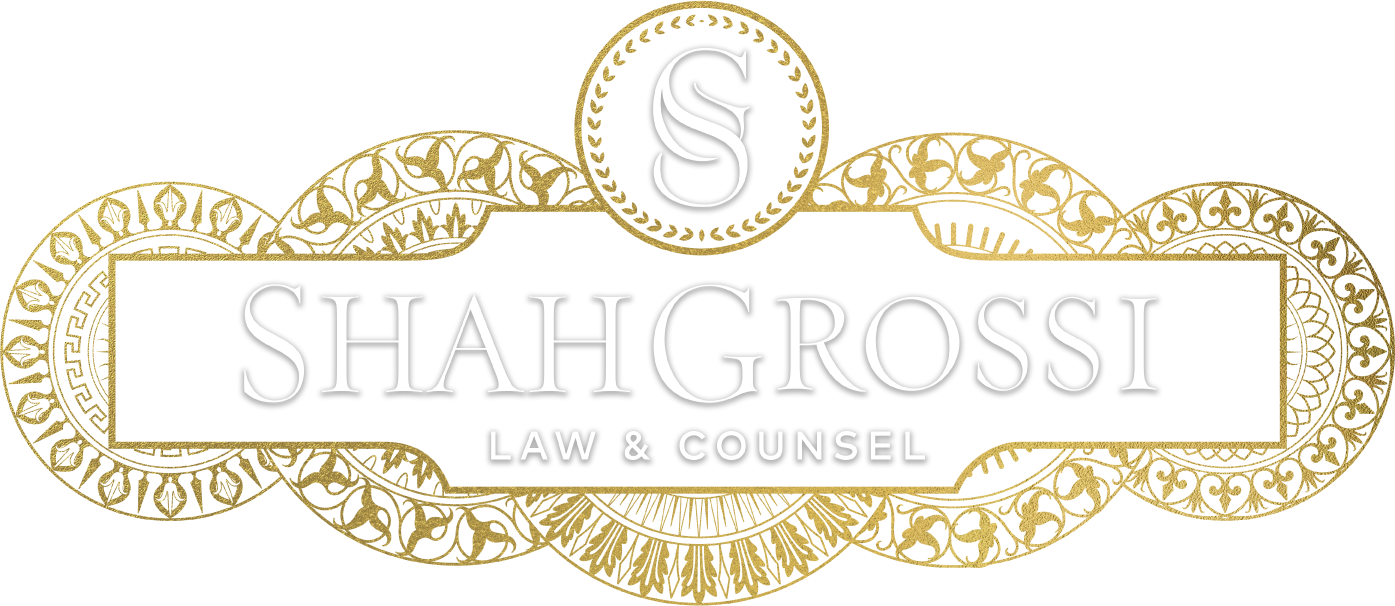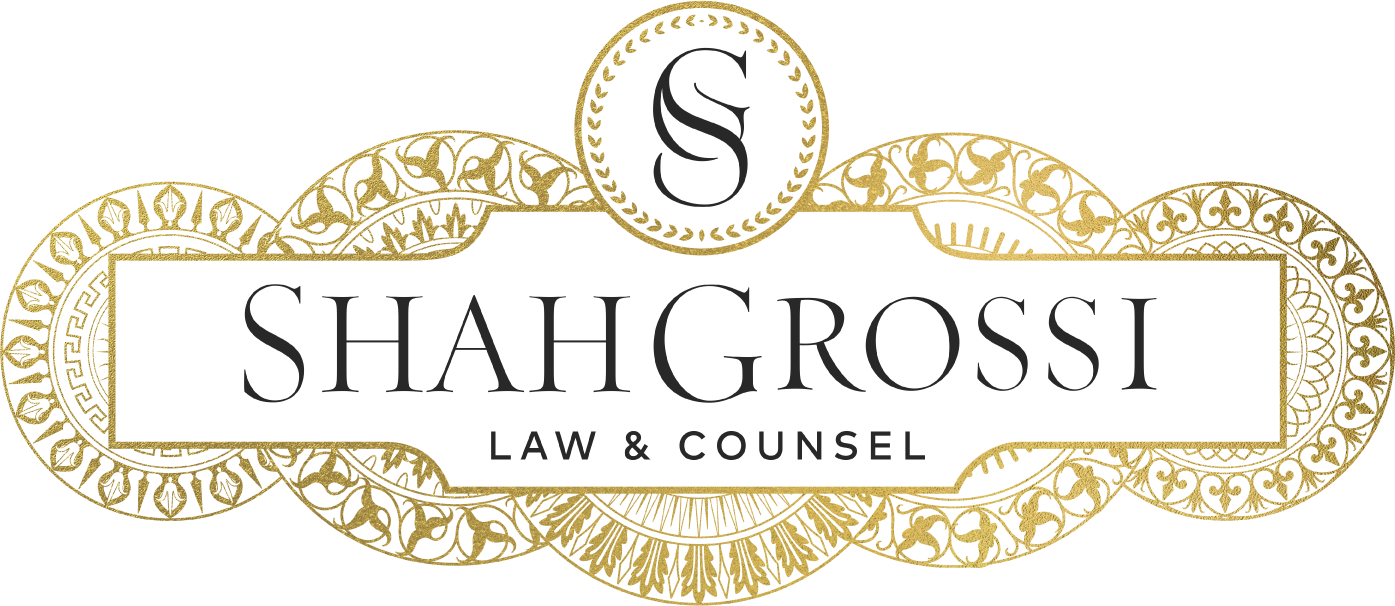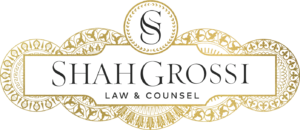INTELLECTUAL PROPERTY
Whether your business is just starting or has years of operating history, protecting your valuable intellectual property is of vital importance. At Shah Grossi Law & Counsel, we have helped hundreds of clients register their tradenames and logos with the USPTO, further solidifying their ownership of and right to use such valuable names and marks. The last thing any prudent businessperson wants to do is build a reputable name and brand for their business, only to lose it to a competitor due to lack of sufficient protection or spend time and money on legal proceedings fighting to retain what they have already created.
A critical part of maintaining intellectual property rights is active enforcement, and we routinely draft “cease and desist” letters on behalf of clients whose trademarks have been infringed upon. At its core, trademark infringement occurs when the use of an existing trademark (or use of something that is similar to such existing trademark) would likely confuse consumers as to the source of the goods or services. To establish infringement, the owner of the existing trademark must show that (1) it owns a valid and legally protectable mark (which can be through “common law” usage and/or trademark registration) and (2) the alleged infringer’s use of the mark (or something similar to the mark) in commerce causes a likelihood of confusion about the source of goods or services. The primary focus of nearly every infringement claim is “likelihood of confusion.”
In deciding whether likelihood of confusion exists, courts usually consider the following factors, with the first 4 typically being the most significant (each jurisdiction has its own nuances):
1. The similarity of the marks in sound (phonetics), meaning, and appearance.
2. The similarity of goods or services related to the marks, including the physical proximity of goods or services in the marketplace.
3. The strength of the owner’s mark (fanciful, arbitrary, suggestive, descriptive, or generic).
4. Evidence of actual confusion by any consumers.
5. The similarity of marketing and advertising channels used for the marks.
6. The alleged infringer’s intent in choosing their mark.
7. The typical consumer’s likely degree of care and diligence in purchasing the goods or services.
Evaluating the strengths and weaknesses of potential trademark infringement cases requires discernment that comes from experience, and often a well-crafted “cease and desist” letter is enough to stop the infringement. At Shah Grossi Law & Counsel, we can not only help register your mark(s), but also help you enforce and maintain them. Your business name and logo are key identifiers and differentiators in the public domain, and they should be handled with the care and priority they deserve.
ARTICLES AND NEWS
How Sapana Grossi Became the Legal Architect Behind America’s Fastest-Growing Founders
As startups scale and legacy industries evolve, one voice is quietly guiding some of the boldest entrepreneurial moves in business today: Sapana Grossi. [...]
Employment Law Issues During The Holidays
Overview Holiday pay is not required by law. Rather, it is at the discretion of each employer. If an employer chooses to provide [...]
Rehiring Employees During Covid-19
(Current as of September 30, 2020) Even if your business is not currently permitted to operate in your county, now is the time [...]





